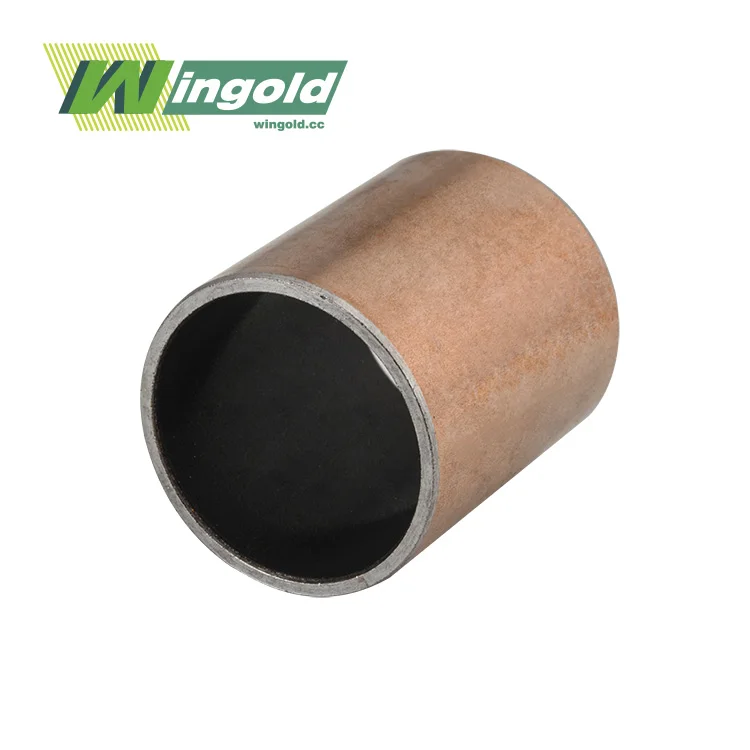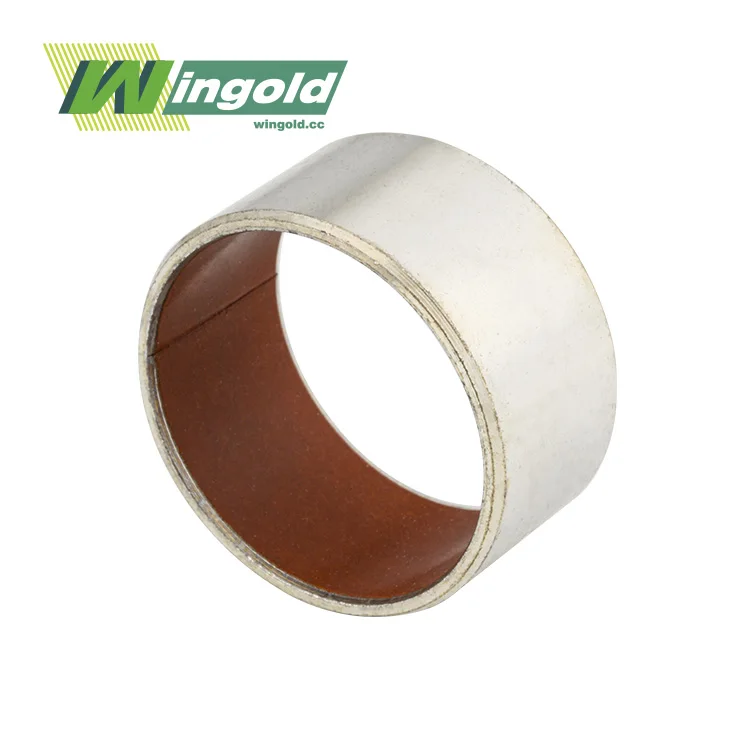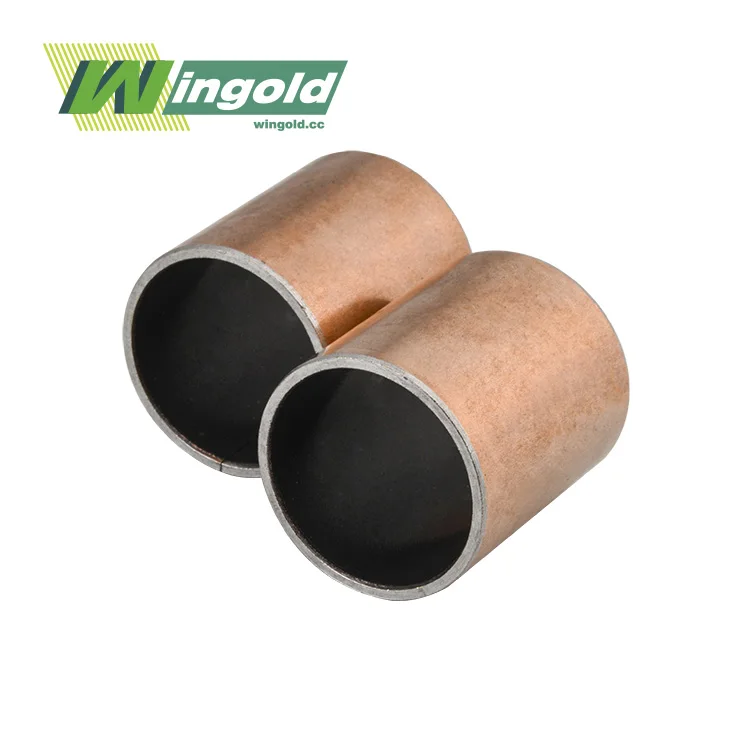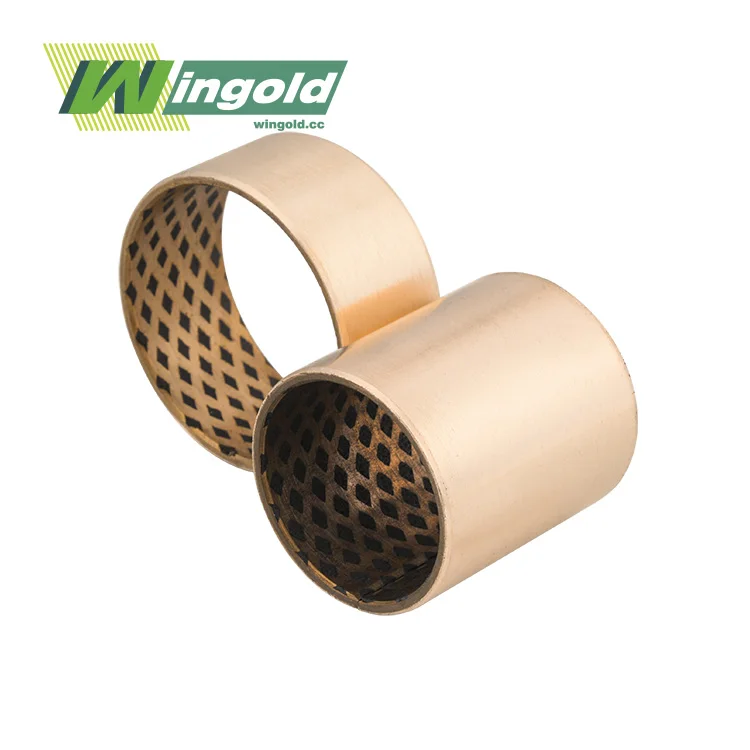- English
- French
- German
- Portuguese
- Spanish
- Russian
- Japanese
- Korean
- Arabic
- Greek
- German
- Turkish
- Italian
- Danish
- Romanian
- Indonesian
- Czech
- Afrikaans
- Swedish
- Polish
- Basque
- Catalan
- Esperanto
- Hindi
- Lao
- Albanian
- Amharic
- Armenian
- Azerbaijani
- Belarusian
- Bengali
- Bosnian
- Bulgarian
- Cebuano
- Chichewa
- Corsican
- Croatian
- Dutch
- Estonian
- Filipino
- Finnish
- Frisian
- Galician
- Georgian
- Gujarati
- Haitian
- Hausa
- Hawaiian
- Hebrew
- Hmong
- Hungarian
- Icelandic
- Igbo
- Javanese
- Kannada
- Kazakh
- Khmer
- Kurdish
- Kyrgyz
- Latin
- Latvian
- Lithuanian
- Luxembou..
- Macedonian
- Malagasy
- Malay
- Malayalam
- Maltese
- Maori
- Marathi
- Mongolian
- Burmese
- Nepali
- Norwegian
- Pashto
- Persian
- Punjabi
- Serbian
- Sesotho
- Sinhala
- Slovak
- Slovenian
- Somali
- Samoan
- Scots Gaelic
- Shona
- Sindhi
- Sundanese
- Swahili
- Tajik
- Tamil
- Telugu
- Thai
- Ukrainian
- Urdu
- Uzbek
- Vietnamese
- Welsh
- Xhosa
- Yiddish
- Yoruba
- Zulu
What is a bushing PTFE used for?
Bushing PTFE, also known as polytetrafluoroethylene bushings, are vital components in various mechanical systems. These self-lubricating bearings excel in applications requiring low friction, high temperature resistance, and chemical inertness. Bushing PTFEs are extensively utilized in industries such as automotive, aerospace, manufacturing, and heavy machinery. They serve to reduce friction between moving parts, enhance equipment longevity, minimize maintenance requirements, and improve overall system efficiency. Their unique properties make them indispensable in applications ranging from small electronic devices to large industrial machinery.

Understanding the Composition and Properties of Bushing PTFEThe Unique Structure of PTFE Bushings
PTFE bushings are engineered with a sophisticated layered structure. At their core, they often feature a high-quality cold-rolled steel plate base, providing structural integrity and load-bearing capacity. A middle layer of porous spherical bronze powder is sintered onto this base, creating a matrix that enhances the bearing's overall performance. The outermost layer consists of a carefully formulated mixture of polytetrafluoroethylene (PTFE) and lead, sintered onto the bronze powder layer. This intricate composition results in a bearing that combines the strength of steel, the porosity of bronze, and the exceptional lubricating properties of PTFE.
Exceptional Properties of PTFE Bushings
PTFE bushings boast an array of remarkable properties that set them apart in the world of bearings. Their exceptionally low friction coefficient, ranging from 0.02 to 0.10, ensures smooth operation and minimal wear. The temperature resistance of these bushings is truly impressive, spanning from -200°C to +260°C, making them suitable for extreme environmental conditions. With a load capacity of up to 140 MPa, they can withstand significant pressures in various applications. The self-lubricating nature of PTFE eliminates the need for additional lubrication, reducing maintenance requirements and enhancing operational efficiency.
Chemical Inertness and Versatility
One of the standout features of bushing PTFEs is their chemical inertness. This property makes them resistant to a wide range of chemicals, acids, and solvents, expanding their applicability across diverse industries. The versatility of PTFE bushings is further enhanced by their excellent electrical insulation properties, making them suitable for use in electrical and electronic applications. Available in custom sizes and various colors (with white being the standard), these bushings can be tailored to meet specific design requirements across different sectors.
Applications and Benefits of Bushing PTFE in Various Industries
Automotive and Transportation Sector
In the automotive industry, bushing PTFEs play a crucial role in enhancing vehicle performance and durability. They are commonly used in steering systems, suspension components, and transmission assemblies. The low friction coefficient of PTFE bushings contributes to smoother operation of these systems, resulting in improved fuel efficiency and reduced wear on moving parts. Their ability to withstand high temperatures makes them ideal for use in engine compartments, where they can maintain their properties even under extreme conditions.
Manufacturing and Industrial Machinery
The manufacturing sector heavily relies on bushing PTFEs for various applications. In printing presses, these bushings ensure precise and smooth movement of rollers and other components, contributing to high-quality print outputs. Textile machines benefit from the low friction and wear resistance of bushing PTFEs, allowing for continuous operation with minimal maintenance. In hydraulic and pneumatic systems, these bushings provide reliable sealing and low-friction movement, enhancing the overall efficiency of industrial machinery.
Aerospace and Defense Applications
The aerospace industry values the unique properties of bushing PTFEs for their ability to perform in extreme conditions. These bushings are used in aircraft control surfaces, landing gear assemblies, and various other mechanisms where reliability and performance are paramount. The wide temperature range tolerance of PTFE bushings makes them suitable for both high-altitude and ground-level applications. In defense equipment, their chemical resistance and durability contribute to the longevity and reliability of critical mechanical systems.
Advantages and Considerations of Using Bushing PTFE
Cost-Effectiveness and Operational Benefits
Implementing bushing PTFEs in mechanical systems offers numerous advantages. Their self-lubricating nature eliminates the need for constant lubrication, reducing maintenance costs and downtime. The low friction coefficient leads to energy savings, as less power is required to overcome frictional forces. The durability of PTFE bushings translates to longer service life for equipment, further reducing replacement and maintenance expenses. Additionally, the compact design of these bushings allows for the creation of more space-efficient machinery, potentially reducing overall system size and weight.
Environmental and Safety Considerations
Bushing PTFEs contribute to environmentally friendly operations in several ways. Their self-lubricating properties eliminate the need for oil-based lubricants, reducing the risk of environmental contamination. The extended lifespan of equipment using these bushings means less frequent replacements, leading to reduced waste generation. From a safety perspective, the ability of PTFE bushings to operate without additional lubrication minimizes the risk of slips and falls caused by oil leaks in industrial settings.
Design and Implementation Challenges
While bushing PTFEs offer numerous benefits, their implementation requires careful consideration. The design of systems incorporating these bushings must account for their specific properties, such as thermal expansion characteristics. Proper installation techniques are crucial to ensure optimal performance and longevity. In applications involving extremely high loads or abrasive environments, the suitability of PTFE bushings should be carefully evaluated, and alternative materials may be considered for certain components.
Conclusion
Bushing PTFEs represent a significant advancement in bearing technology, offering a unique combination of low friction, high temperature resistance, and chemical inertness. Their wide-ranging applications across industries demonstrate their versatility and effectiveness in enhancing mechanical system performance.
As engineering continues to evolve, the role of PTFE bushings in improving efficiency, reducing maintenance, and extending equipment life is likely to grow. For those seeking to optimize their mechanical systems or explore the benefits of PTFE bushings, consulting with experts in the field is highly recommended. For more information on how bushing PTFEs can benefit your specific application, please contact us at info@wingold.cc.
References
1. Smith, J. D. (2020). Advanced Bearing Technologies in Industrial Applications. Journal of Mechanical Engineering, 45(3), 278-295.
2. Johnson, A. R., & Williams, L. K. (2019). PTFE Composites: Properties and Applications in Modern Machinery. Materials Science and Engineering: A, 750, 012-028.
3. Thompson, R. M. (2021). Self-Lubricating Bearings: A Comprehensive Review of PTFE-Based Solutions. Tribology International, 158, 106-121.
4. Chen, Y., & Davis, S. (2018). The Role of PTFE Bushings in Automotive Design: Enhancing Performance and Efficiency. SAE Technical Paper Series, 2018-01-0354.
5. Rodriguez, E. L., & Brown, T. H. (2022). Advancements in Bearing Materials for Extreme Environments: Focus on PTFE Composites. Aerospace Engineering and Technology, 87, 205-220.
Learn about our latest products and discounts through SMS or email



